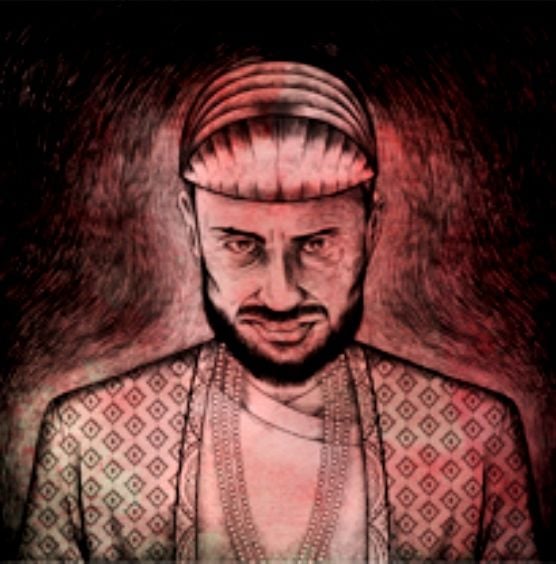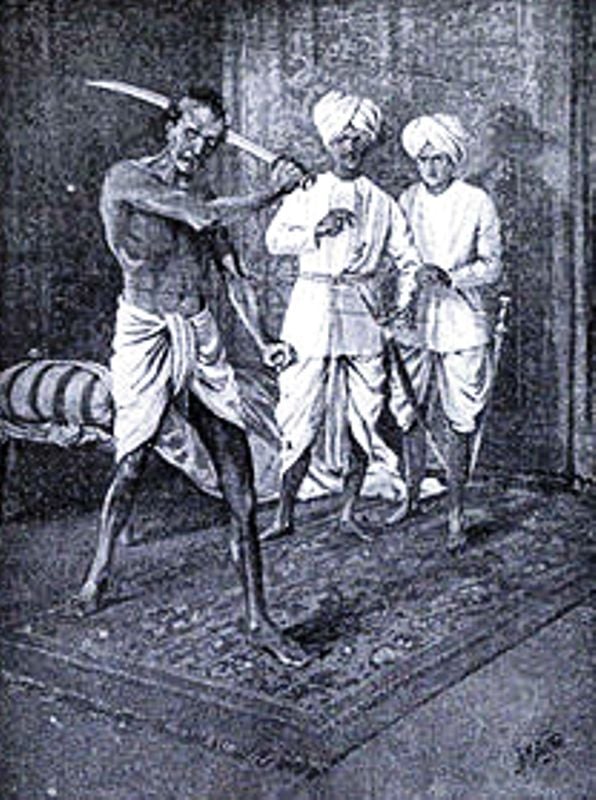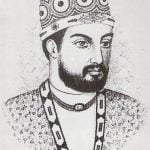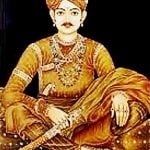Malik Kafur Age, Sexuality, Biography, Wife, Family, Facts & More
| Bio | |
|---|---|
| Real Name | Malik Kafur |
| Other Name(s) | Tāj al-Dīn 'Izz al-Dawla Malik Nā'ib Hazār-Dīnārī al-Alfī |
| Profession | A slave-general of the Delhi Sultanate ruler Alauddin Khalji |
| Battles/Wars | • Mongol invasion (1306) • Battle of Amroha (1305)- according to 16th-century chronicler `Abd al-Qadir Bada'uni • Siege of Devagiri (1308) • Siege of Warangal (1310) • Siege of Dwarasamudra (1311) • Pandya kingdom raids (1311) |
| Personal Life | |
| Date of Birth | Late 13th Century |
| Birth Place | Not Known |
| Date of Death | February 1316 |
| Place of Death | Delhi (as per historians) |
| Death Cause | Murder (as per historians) |
| Age | Not Known |
| Hometown | Delhi Sultanate |
| Family | Not Known |
| Religion | Hindu (Born), Islam (Converted) |
| Hobbies | Horse Riding, Fencing |
| Girls, Affairs and More | |
| Marital Status | Not Confirmed |
| Sexuality | Eunuch |
| Affairs/Girlfriends/Boyfriends | Alauddin Khilji (as per some chroniclers; however, there is no concrete evidence of it) |
| Wife/Spouse | According to the 16th-century historian Firishta, Malik Kafur married Jhatyapalli (Allauddin's widow) |
Some Lesser Known Facts About Malik Kafur
- According to historians, he was born in a Hindu family and was converted to Islam later in his life.
- Some historians also say that he had an African origin.
- In his youth, Kafur was a slave of a wealthy Khwaja of Khambhat.
- According to historians, Kafur was a eunuch slave of great physical beauty.
- Historians also cite reasons for his exemplary beauty that his original master purchased him for 1,000 dinars that gave him the epithet “hazar-dinari.” The great 14th-century traveller Ibn Batuta also substantiate the fact by referring Kafur as “al-Alfi” (the Arabic equivalent of “hazar-dinari”).

- During the 1299 invasion of Gujarat, Alauddin Khilji’s general Nusrat Khan captured Kafur from the port city of Khambhat and converted him to Islam.
- Nusrat Khan presented Malik Kafur to Sultan Alauddin in Delhi who, according to the 14th-century chronicler Isami, favoured Kafur and promoted him rapidly in official position because of his proven ability as a military commander and wise counsellor.
- By 1306, Kafur held the rank “barbeg” (equivalent to a military commander).
- By 1309-10, he served as “iqta” (administrative grant) of Rapri in present-day Haryana.
- Malim Kafur’s first stint as a military commander was in 1306 when Alauddin sent him to Punjab to repulse a Mongol invasion from the Chagatai Khanate, which he successfully accomplished. By this time, he was referred to as Na’ib-i Barbak (“assistant master of ceremonies”). According to some historians, it was where he earned the name of Malik Na’ib. However, according to some other historians, he earned this name because of his later and role of Na’ib-i Sultan.

- Kafur’s next mission as a commander was a series of great military raids into the Deccan that laid the foundations of Muslim power in that region.
- Kafur also invaded the Yadava kingdom of Devagiri and took its king Ramachandra to Delhi with rich spoils.
- In 1309, Alauddin sent him on an expedition to the Kakatiya kingdom, which was also successfully accomplished by Kafur who returned to Delhi in June 1310 with a huge amount of wealth. It is said that the Koh-i-Noor diamond was also among the loots, and being impressed by that, Alauddin rewarded him generously.
- During his expedition to Kakatiya’s capital Warangal, he learned about the wealth of the southernmost regions of India and asked Alauddin’s permission to lead an expedition there, which was granted.
- In 1311, Kafur subjugated Dwarasamudra, the Hoysala, and the Pandya kingdom and obtained a large number of treasures, horses, and elephants and reached Delhi in triumph on 18 October 1311.
- Historians believed that at Alauddin’s court, Kafur had earned an enmity of a faction lead by Mahru (the 2nd wife of Alauddin), Alp Khan (Mahru’s brother) and Khizr Khan (Alauddin’s eldest son by Mahru).
- Kafur led another expedition to Devagiri and annexed it to the Delhi Sultanate.
- After staying for two years as the governor of the newly annexed territory of Devagiri, he was urgently summoned to Delhi in 1315 when Alauddin Khilji’s health began deteriorating.
- Ultimately, Kafur rose to the position of Na’ib (viceroy); however, the date is not confirmed.
- During the last days of Alauddin Khilji, Kafur held the executive power. By this time, Alauddin started concentrating all the power in the hands of his slaves and his families as he became very distrustful of his other officers.
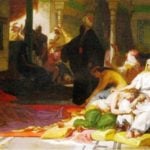
- The greater trust of Alauddin in Kafur than other officers was because of the fact that Kafur did not have a family or followers.
- According to the 14th-century chronicler Isami, Kafur did not allow anyone to see the sultan, during the last days of the Alauddin’s reign, and became the de facto ruler of the Sultanate.
- Based on the chronicler Ziauddin Barani’s description, Ruth Vanita and Saleem Kidwai (gay studies scholars) believe that Alauddin Khilji and Malik Kafur were in a homosexual relationship. However, most of the historians have denied the fact.

- Ziauddin Barani also claimed that Kafur murdered Alauddin.
- The day after Alauddin’s death, as the regent, Malik Kafur named Shihabuddin (Alauddin’s son) as his successor.
- According to some historians, before burying Alauddin, Kafur had taken the royal ring from the Sultan’s finger.
- According to historians, Kafur was killed by the former bodyguards (paiks) of Alauddin who disapproved of Kafur’s actions against the family of the deceased Sultan.
- In 2014, an Indian author named Aroon Raman published a book titled The Treasure of Kafur. The book was inspired by Malik Kafur’s life.

- Malik Kafur’s character was portrayed by Jim Sarbh in the Bollywood film Padmaavat. The film was directed by Sanjay Leela Bhansali with Ranveer Singh, Deepika Padukone, and Shahid Kapoor in lead roles.

